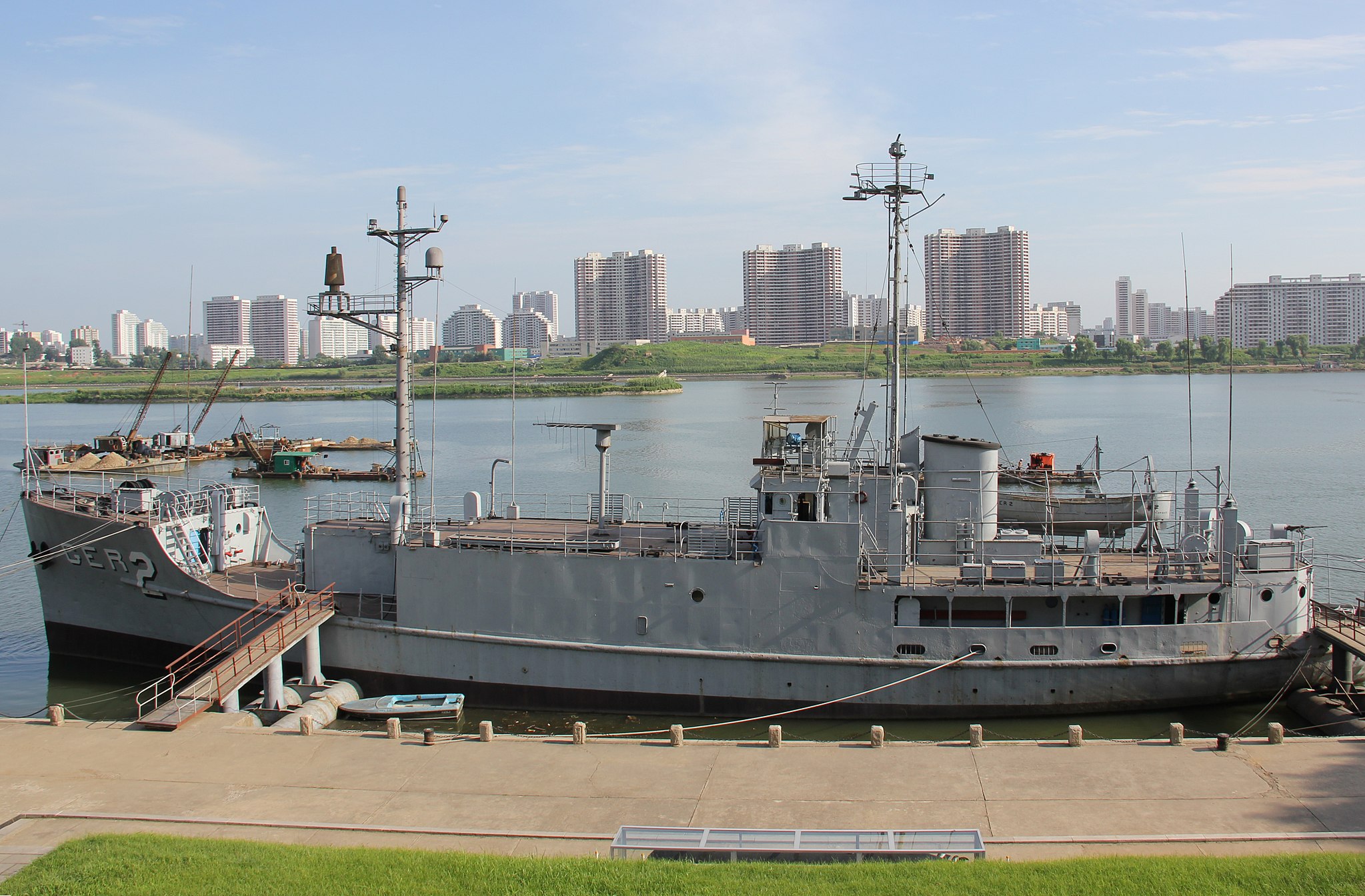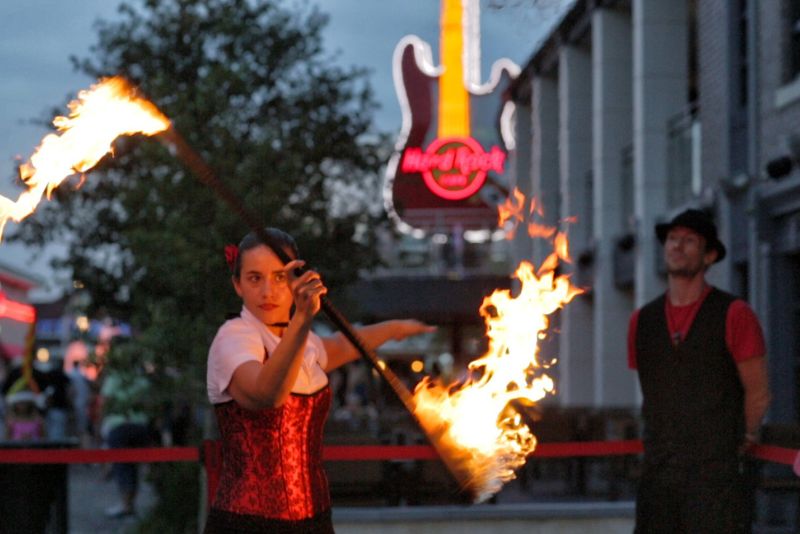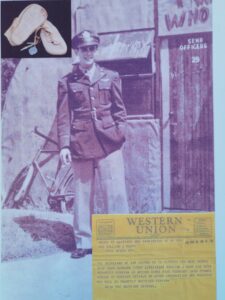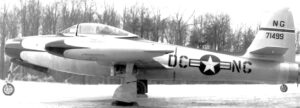The Invaluable Contributions of the 354th
by Melissa LaScaleia
Continued from last month. Click here to read Part 3.
During the 1950s and beyond, the Myrtle Beach Air Force Base saw considerable action in Eastern countries and other parts of the world, including Europe, Korea, Japan, and Vietnam.
During these years, an estimated 3,500 civilian and military personnel were involved in keeping the military base at the ready to meet the needs of our country.
The 342nd Fighter-Day Wing was the wing that was initially activated at Myrtle Beach, then soon thereafter, on November 19, 1956, was redesignated the 354th Fighter-Day Wing. At the time of its initial activation, there were eighty-four officers, three warrant officers, and 911 enlisted men.
The squadrons of the 342nd were redesignated the 353rd, the 355th, and the 356th Fighter-Day Squadrons respectively.
On September 25, 1957, a fourth squadron, the 352nd Fighter-Day Squadron, was added onto the 354th Fighter-Day Wing. It was comprised of F-100 aircraft.
Each squadron had aircraft tails that were painted different colors indicating the squadron to which it belonged. The 353rd was red; the 355th was blue; the 356th was green; and the 352nd was yellow.
On July 8, 1958, the 354th Fighter-Day Wing was renamed the 354th Tactical Fighter Wing.
The support elements for the newly designated wing were called the 354th Air Base Group. Beginning the year it was activated, the wing trained heavily for fighter-bomber missions overseas. And from 1958 through April 1966, at least one of its squadrons was always deployed overseas.
In the early years, the 354th acted mainly as support for NATO assignments, and squadrons with F-100 aircraft were often deployed to Europe. By 1958, after the Lebanon Crisis, squadrons rotated consistently between air force bases in Turkey and Aviano, Italy as part of NATO.
The first deployment the 354th made was to Aviano, Italy. On July 15, 1958, fighters went for 100 days to stand by in the event of an uprising over the presidential overthrow in Lebanon.
On September 4, 1961, eighteen F-100 aircraft from Myrtle Beach Air Force Base deployed to Hahn Air Base in West Germany, to act as support for the crisis that ensued as the Soviets were constructing the Berlin Wall.
The 354th Tactical Fighter Wing also deployed to Alaska for the months of February and March in 1963, due to that base’s proximity to the Soviet Union.
In 1962, part of all four squadrons were deployed to McCoy Air Force Base in Florida as a result of the Cuban Missile Crisis.
In 1965, the Dominican Republic crisis caused more than 400 people and eighteen F-100s to deploy to nearby Ramey Air Force Base in Puerto Rico and San Isidro Air Force Base in the Dominican Republic.
But it wasn’t until 1965, during the Vietnam Conflict, that the resources and capabilities of the 354th were drawn upon and utilized to their max. The deployments to Vietnam began in July.
During this time, it was customary for squadrons to be removed from their home bases and attached indefinitely to another wing at a foreign airbase overseas to collectively support the war effort.
The 356th Squadron was deployed to Misawa Air Base in Japan on March 16, and attached to the 39th Air Division. The 353rd Squadron was deployed to Spain at Torrejon Air Force Base on April 27, 1966. It was reassigned to the 401st Tactical Fighter Wing, a permanent reassignment.
The 352nd Squadron was deployed to South Vietnam, and permanently reassigned to the 366th Tactical Fighter Wing at Phan Rang Air Base on August 15, 1966. The 355th Squadron was deployed to Phu Cat Air Base, also in South Vietnam, on February 3, 1968. The entire wing, now with no fighter squadrons left, was reassigned to Kunsan Air Base in South Korea, on July 1, 1968.
The Wing’s initial job was to support two F-100C Air National Guard fighter squadrons which were replacing the regular units that had been deployed for Operation Combat Fox.
This operation was the United State’s response to the crisis that ensued from the attack and seizure of the USS Pueblo by the North Korean forces on January 23, 1968. The Pueblo was an environmental research ship run by eighty-three crewmen that was linked with Navy intelligence.
To be continued. Click here to read Part 5.




















